North American Flags
Discover the flags of all 23 North American nations. From the Stars and Stripes to the Maple Leaf, the Aztec eagle of Mexico to the vibrant designs of Caribbean islands, explore the colonial heritage, independence movements, and diverse cultural influences that shaped this continent's flags.
← Back to All CountriesAll North American Countries
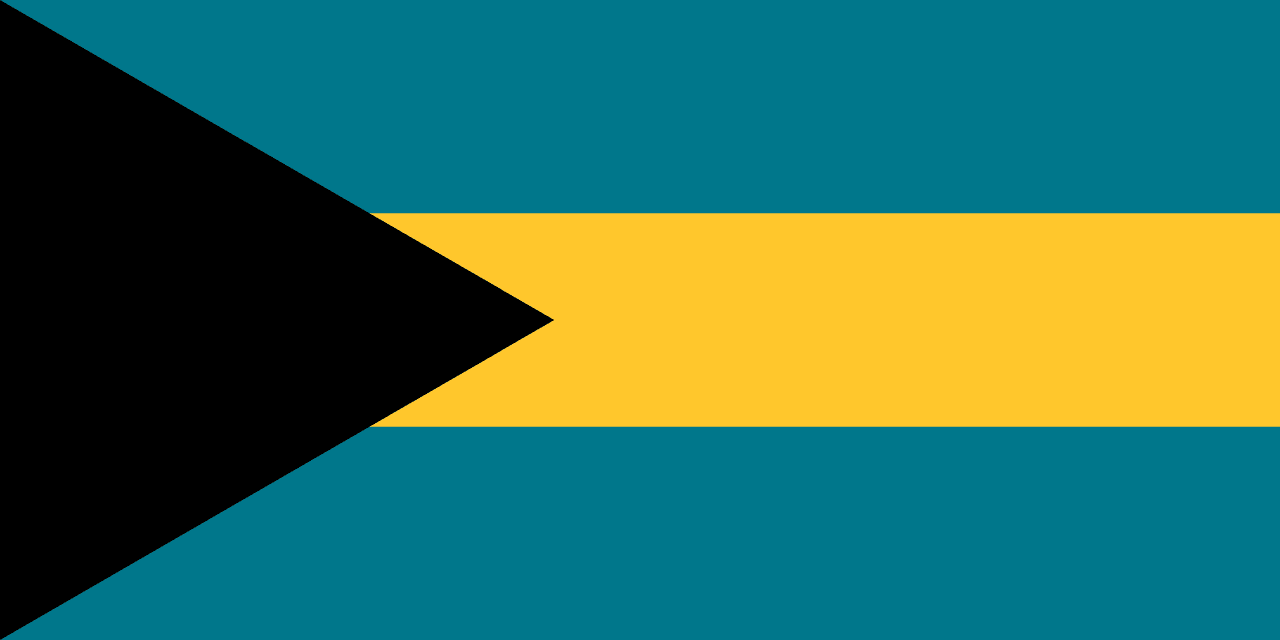
Bahamas
Adopted 1973
Three horizontal stripes of aquamarine, gold, and aquamarine with a black equilateral triangle at the hoist, representing the waters surrounding the islands, the golden beaches and sunshine, and the strength and determination of the Bahamian people united in their love for their homeland.
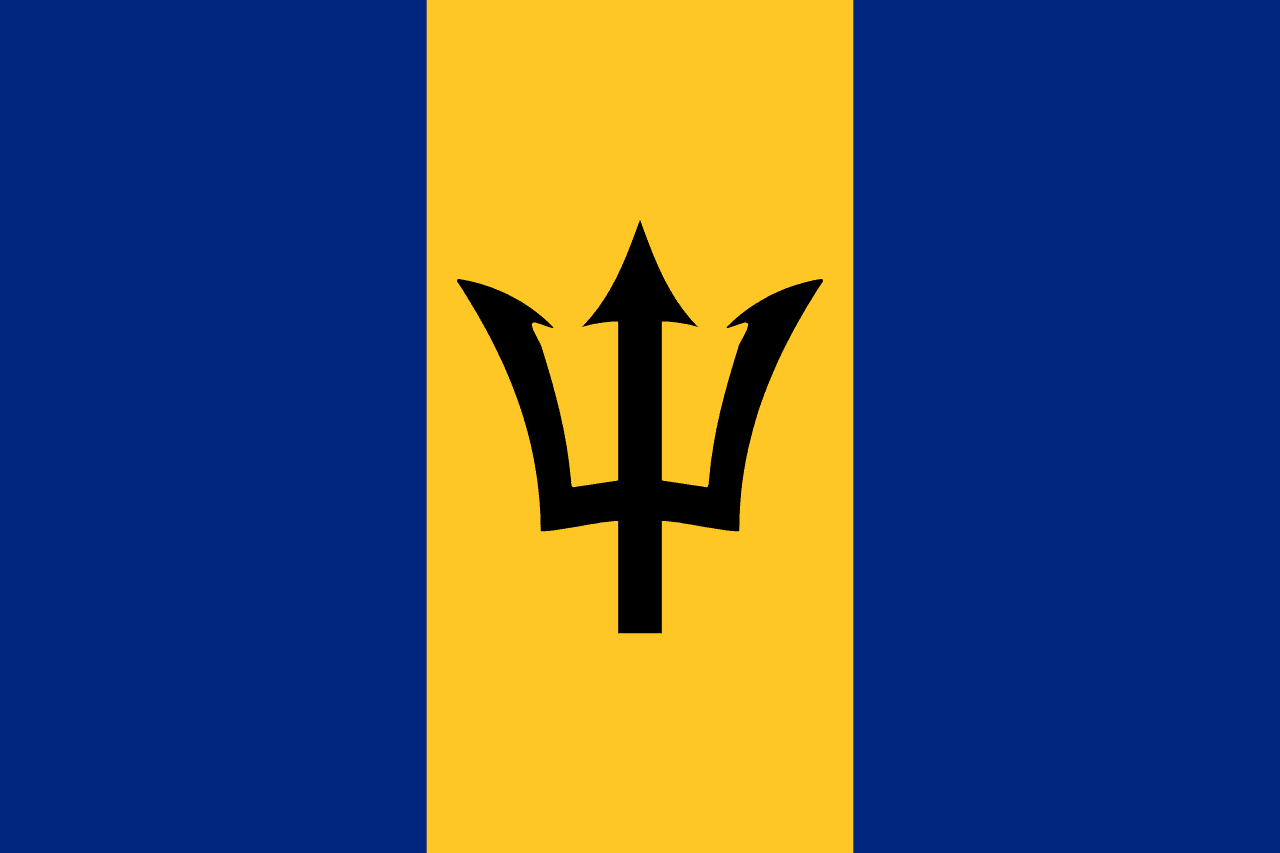
Barbados
Adopted 1966
Three vertical stripes of ultramarine blue, gold, and ultramarine blue with a black trident head (broken from its staff) in the center golden stripe, representing the sea surrounding the island, the golden sands of its beaches, and the break from colonial dependence on Neptune's trident symbol.
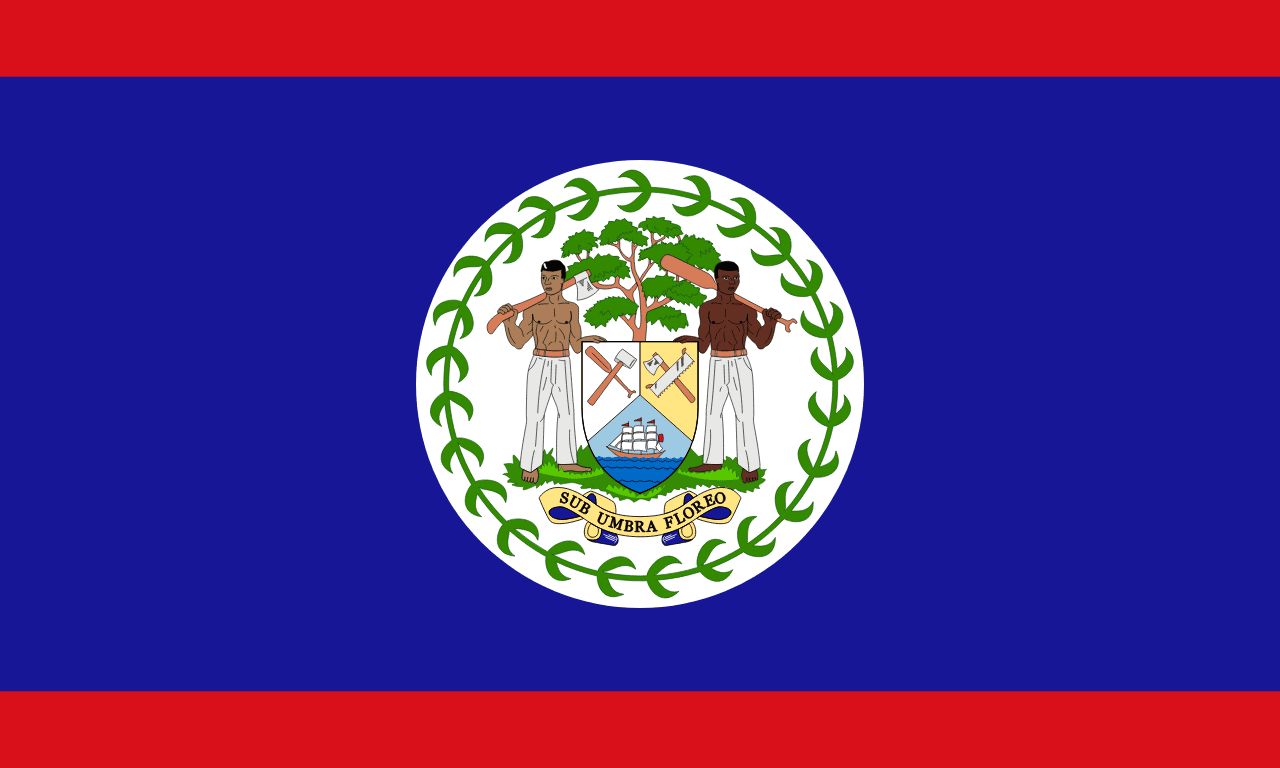
Belize
Adopted 1981
A blue field with red stripes along the top and bottom edges and the national coat of arms in a white circle at the center, representing the ruling People's United Party, the opposition United Democratic Party, and the peace that unites them, making it the only national flag to feature human figures.

Canada
Adopted 1965
The Maple Leaf - a red stylized maple leaf centered on a white square between two red vertical bands, representing Canada's natural heritage and unity from coast to coast.
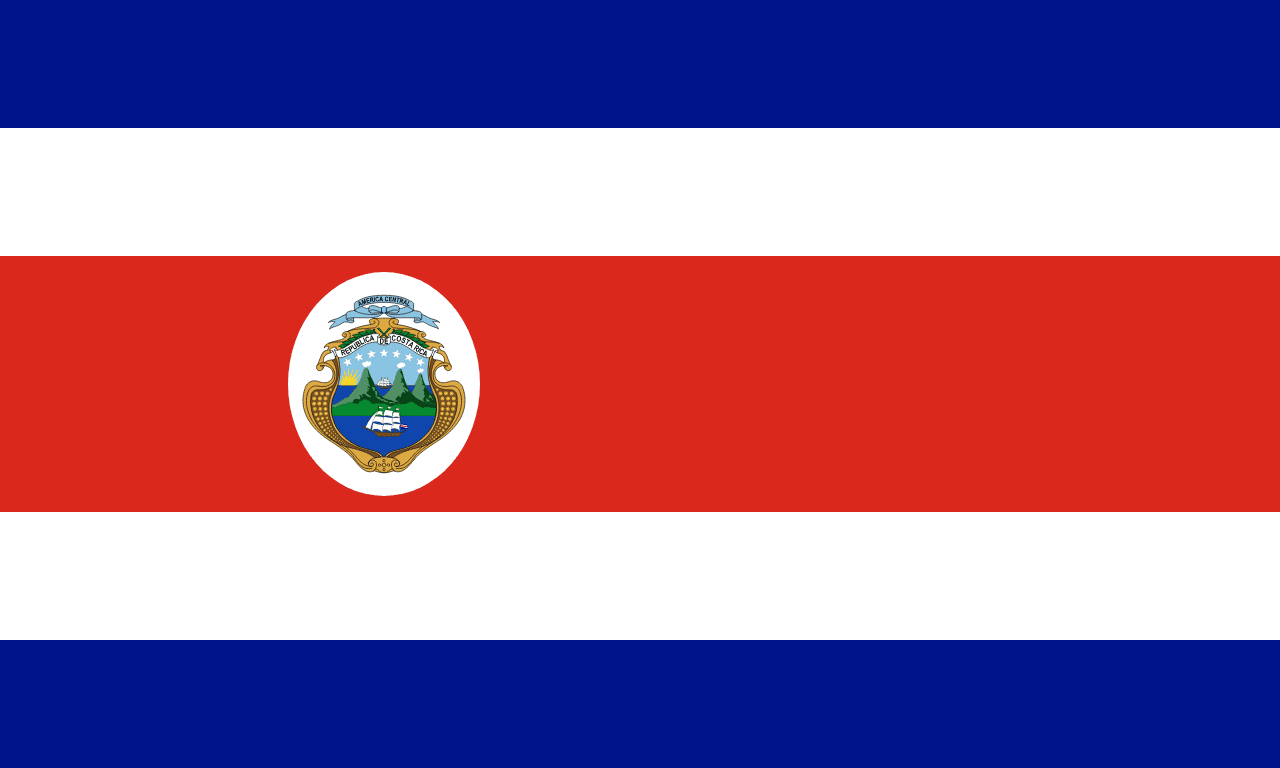
Costa Rica
Adopted 1906
Five horizontal stripes with blue at top and bottom, white stripes below and above the central red stripe, and the national coat of arms on the red stripe, representing the sky and opportunities, peace, and the warmth of the Costa Rican people.
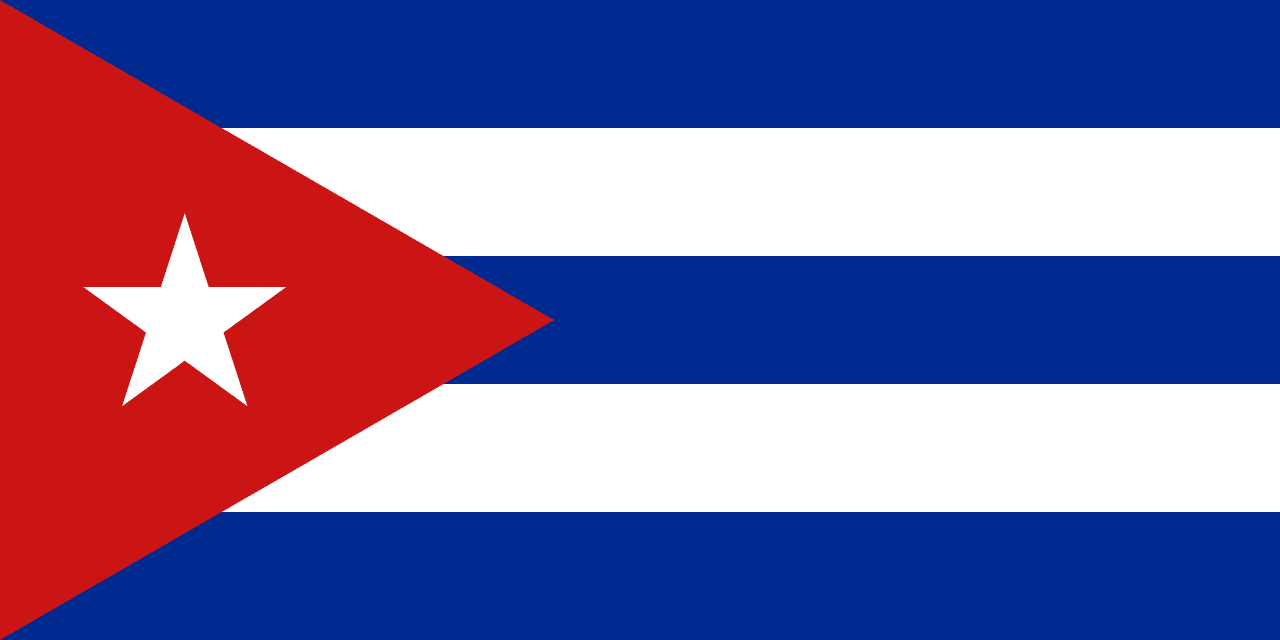
Cuba
Adopted 1902
Five horizontal stripes alternating blue and white with a red equilateral triangle at the hoist containing a white five-pointed star, representing the three original provinces, purity, the blood of martyrs, and the independence of Cuba.
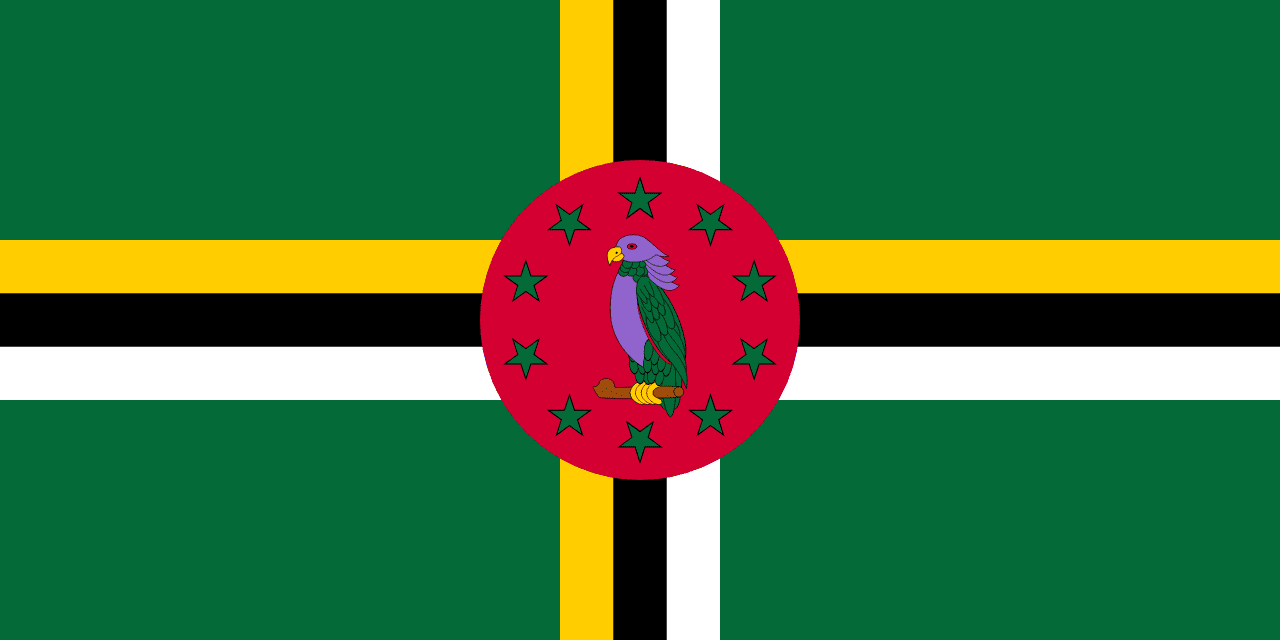
Dominica
Adopted 1990
A green field with a cross pattern of yellow, black, and white stripes and a red circle in the center containing the Sisserou parrot, representing the lush vegetation, the Trinity, racial harmony, and the unique wildlife of the 'Nature Island of the Caribbean.'
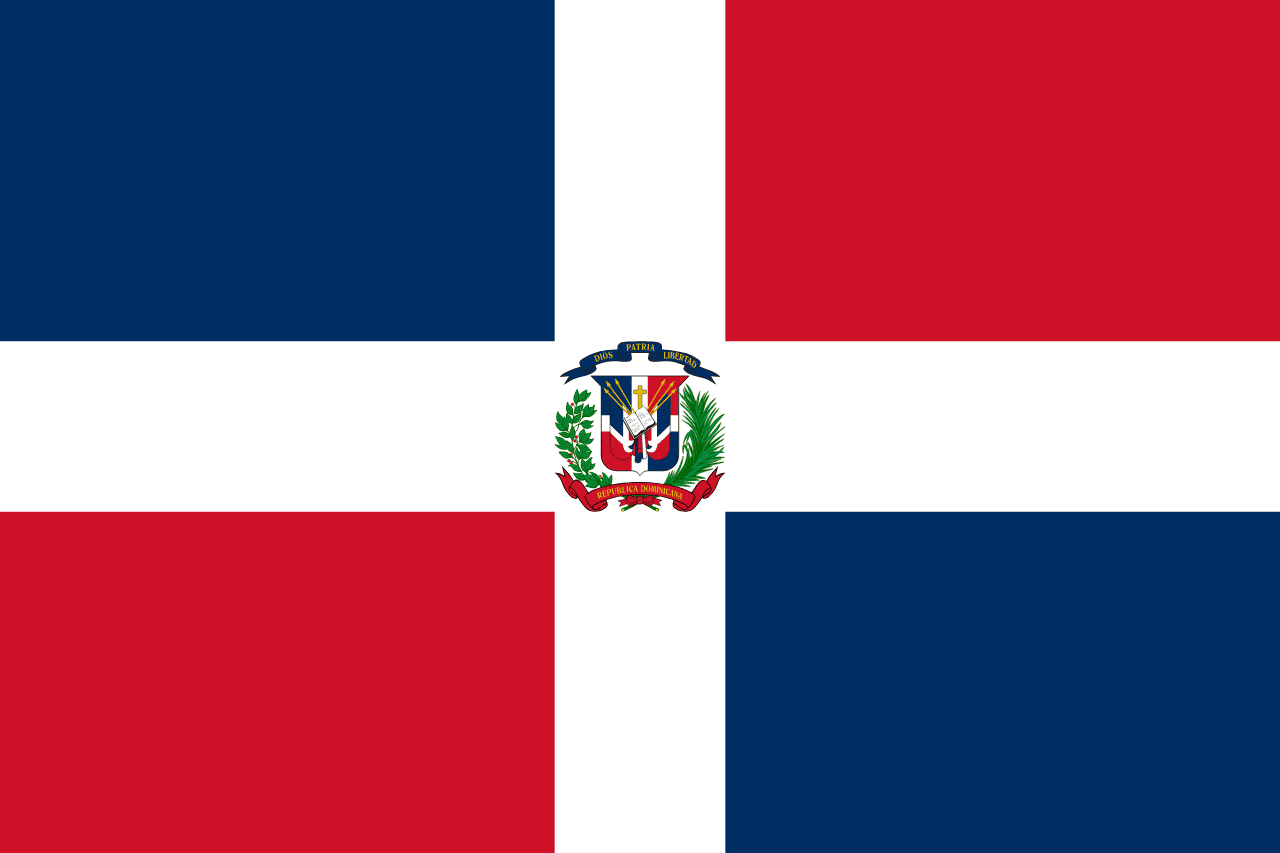
Dominican Republic
Adopted 1844
Four quarters alternating blue and red separated by a white cross, with the national coat of arms in the center, representing liberty, the blood of heroes, salvation and peace, and the Christian faith of the Dominican people.
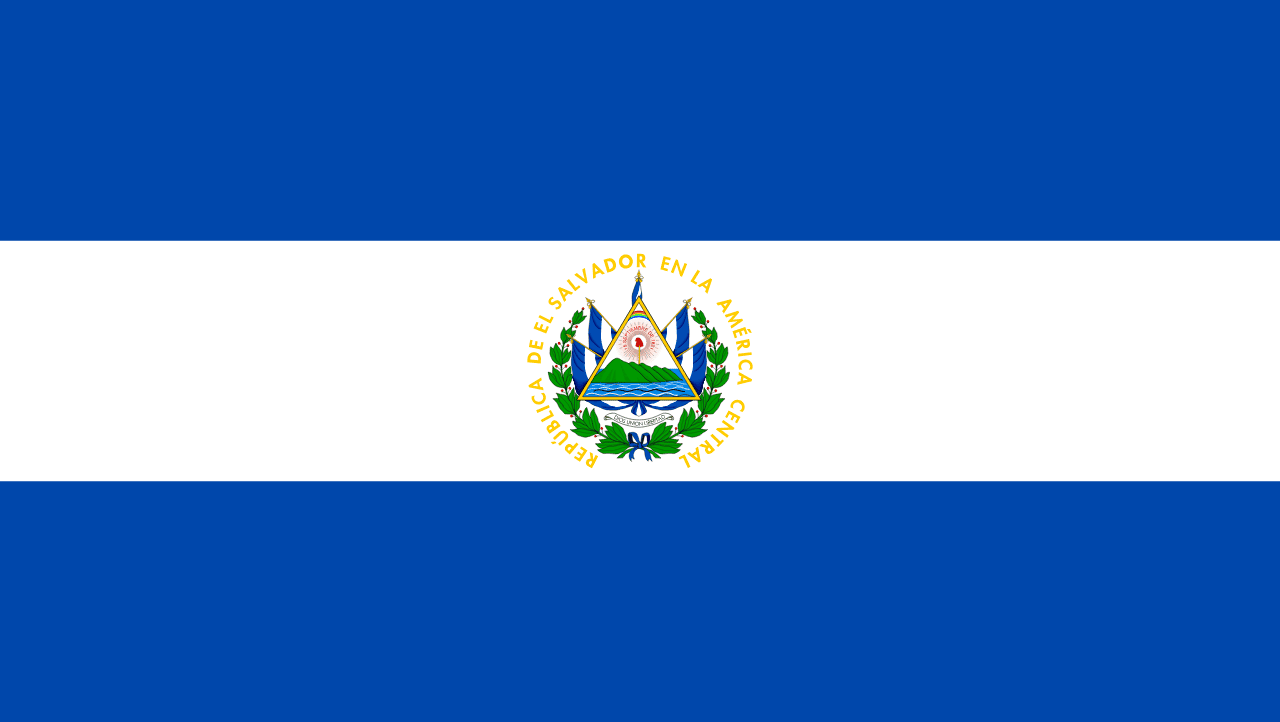
El Salvador
Adopted 1912
Three horizontal stripes of blue, white, and blue with the national coat of arms centered on the white stripe, representing the Pacific and Atlantic oceans, peace, and the hope for Central American unity.

Grenada
Adopted 1974
A red border surrounding yellow and green triangular sections with seven gold stars and a nutmeg symbol, representing the warmth of the people, sunshine and agriculture, vegetation and youth, and Grenada's fame as the 'Spice Island.'

Guatemala
Adopted 1871
Three vertical stripes of blue, white, and blue with the national coat of arms centered on the white stripe, representing the Pacific and Atlantic oceans, peace, and the sovereignty of the Republic of Guatemala.
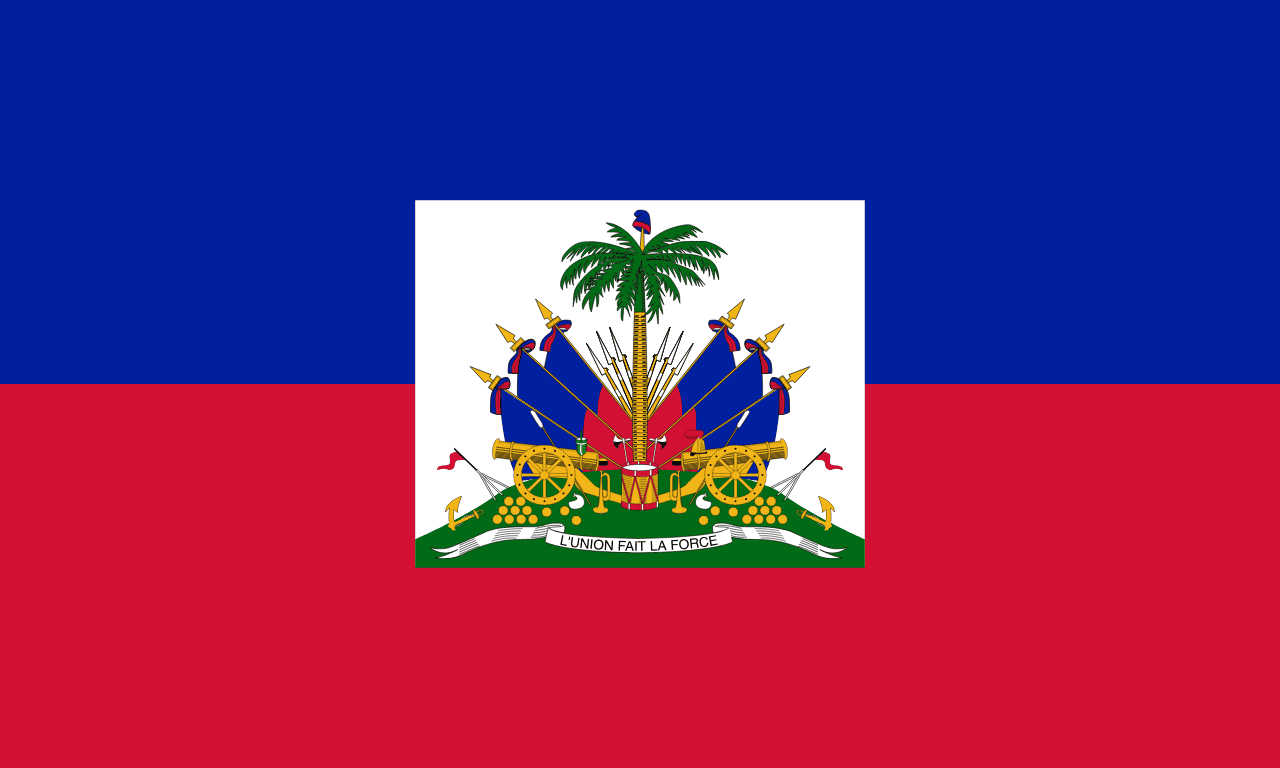
Haiti
Adopted 1986
Two horizontal stripes of blue over red, representing the union of black and mixed-race Haitians and the blood shed for independence, making Haiti the first independent black republic and symbol of successful slave revolution.
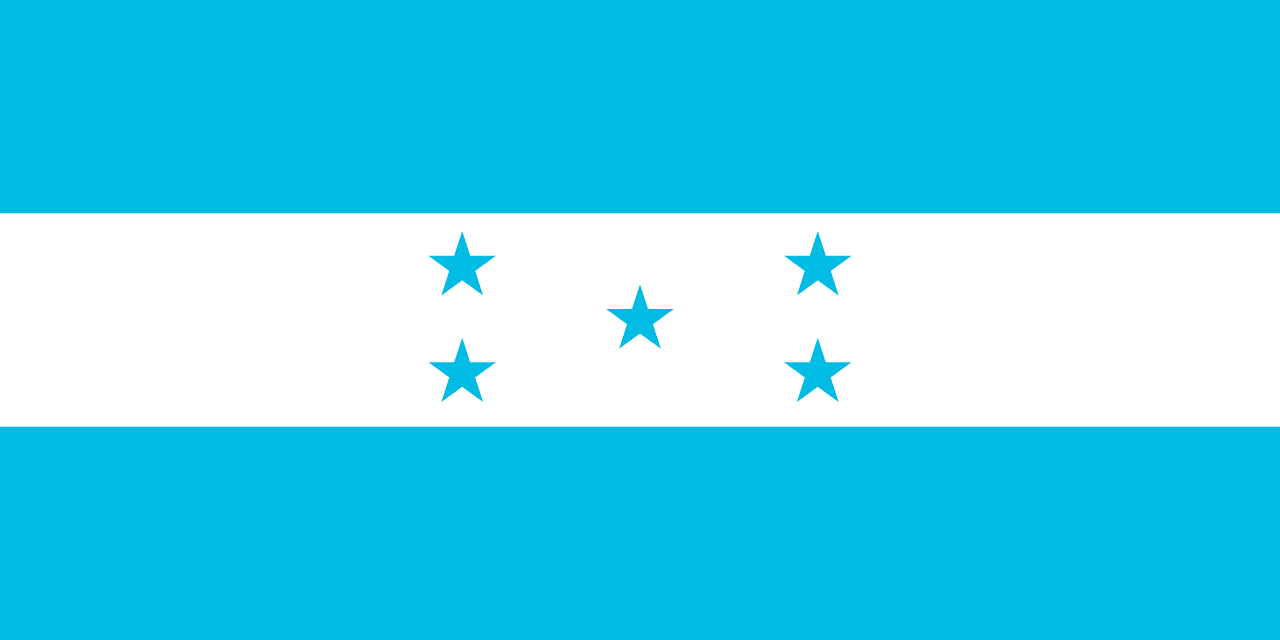
Honduras
Adopted 1866
Three horizontal stripes of blue, white, and blue with five blue five-pointed stars arranged in an X pattern on the white stripe, representing the Pacific and Atlantic oceans, peace, and the hope for Central American unity.
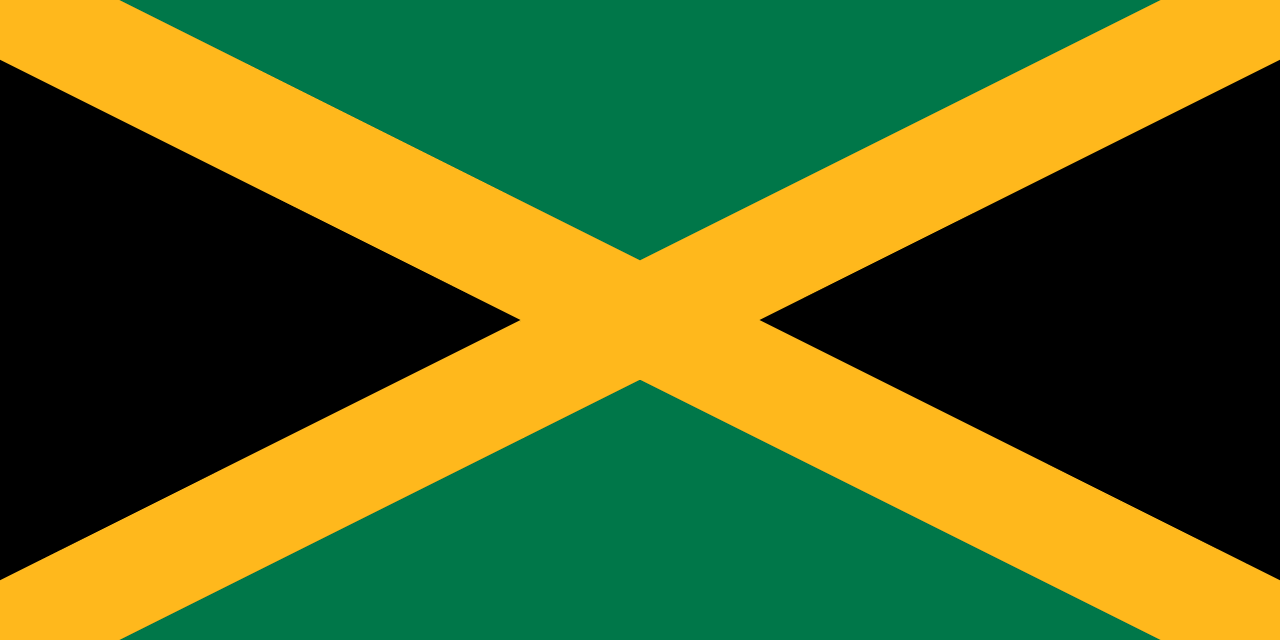
Jamaica
Adopted 1962
A diagonal cross pattern dividing the flag into four triangles, with green triangles at top and bottom, black triangles at hoist and fly, and yellow diagonal cross, symbolizing the natural beauty, strength of the people, and golden sunshine of Jamaica.

Mexico
Adopted 1968
Three vertical stripes of green, white, and red with the Mexican coat of arms centered on the white stripe, featuring an eagle perched on a cactus devouring a serpent, representing the Aztec founding legend of Tenochtitlan and Mexican independence.
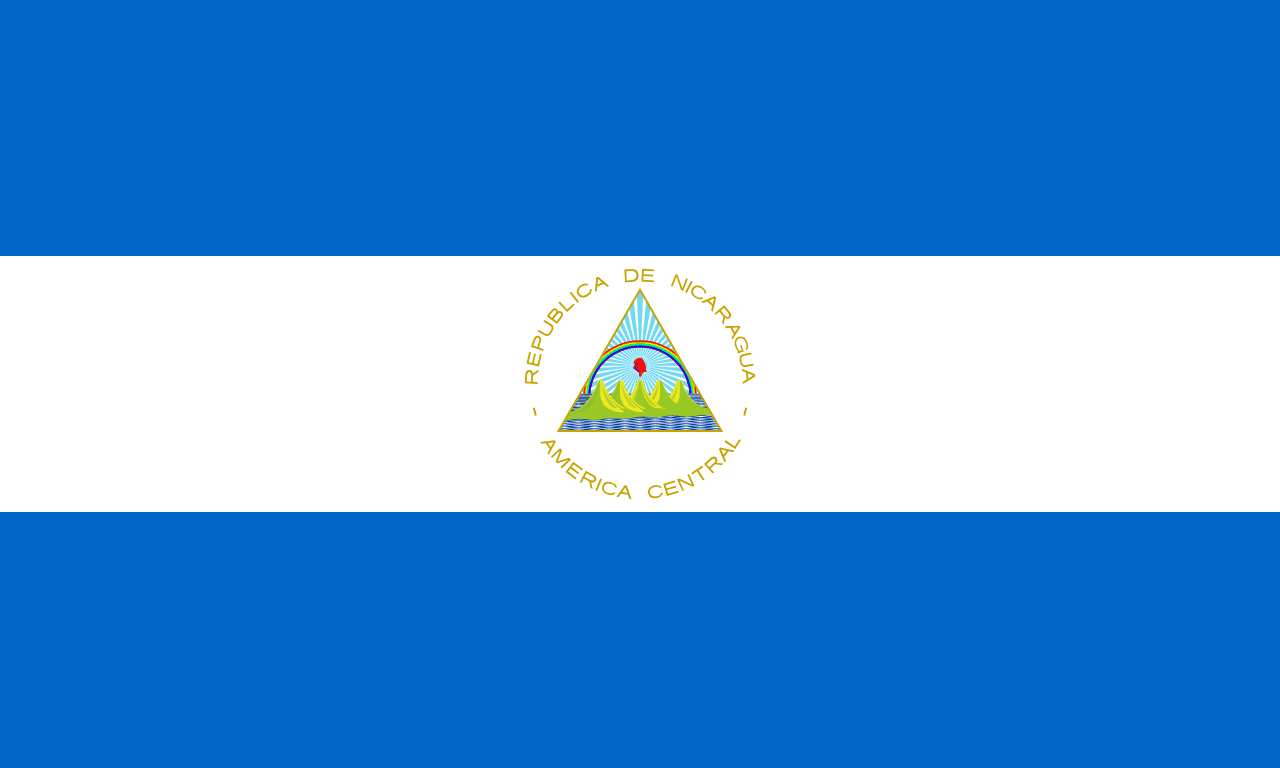
Nicaragua
Adopted 1971
Three horizontal stripes of blue, white, and blue with the national coat of arms centered on the white stripe, representing Nicaragua's position between two oceans and its revolutionary ideals of liberty and peace.
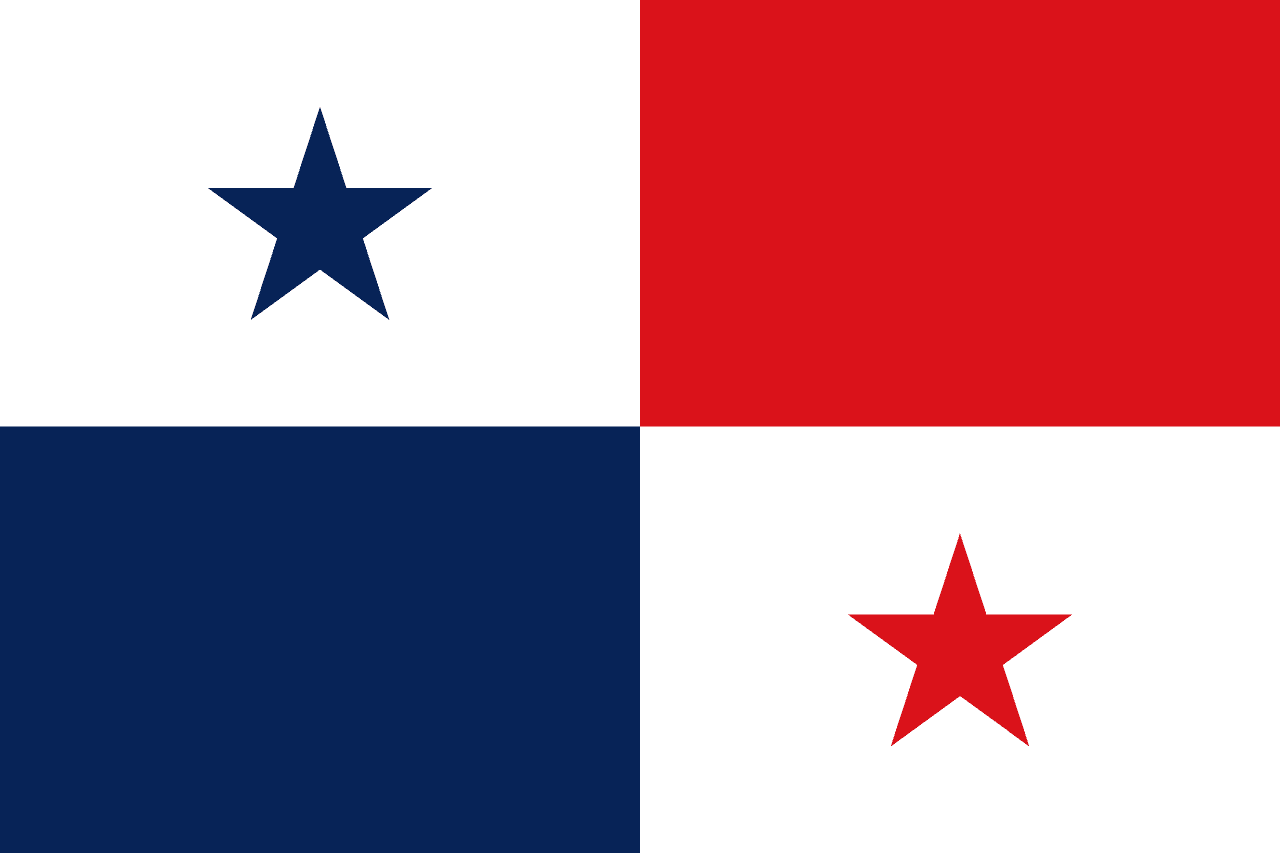
Panama
Adopted 1925
Quartered flag with white and blue star in top left, red in top right, blue in bottom left, and white with red star in bottom right. The design symbolizes political balance and the ideals of peace and progress.
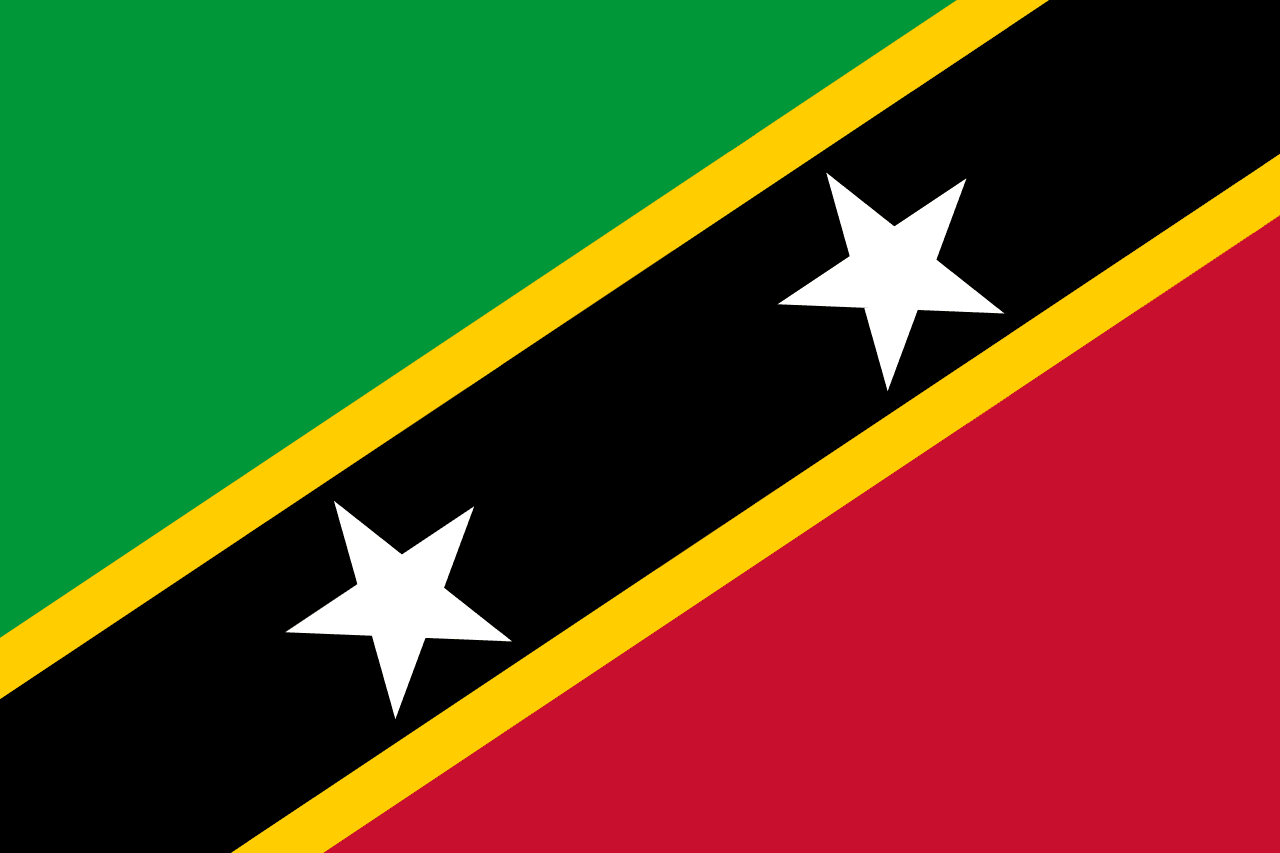
Saint Kitts and Nevis
Adopted 1983
A diagonal black band edged in yellow divides the flag from lower hoist to upper fly, with green above and red below. Two white stars appear in the black band, representing hope and liberty.
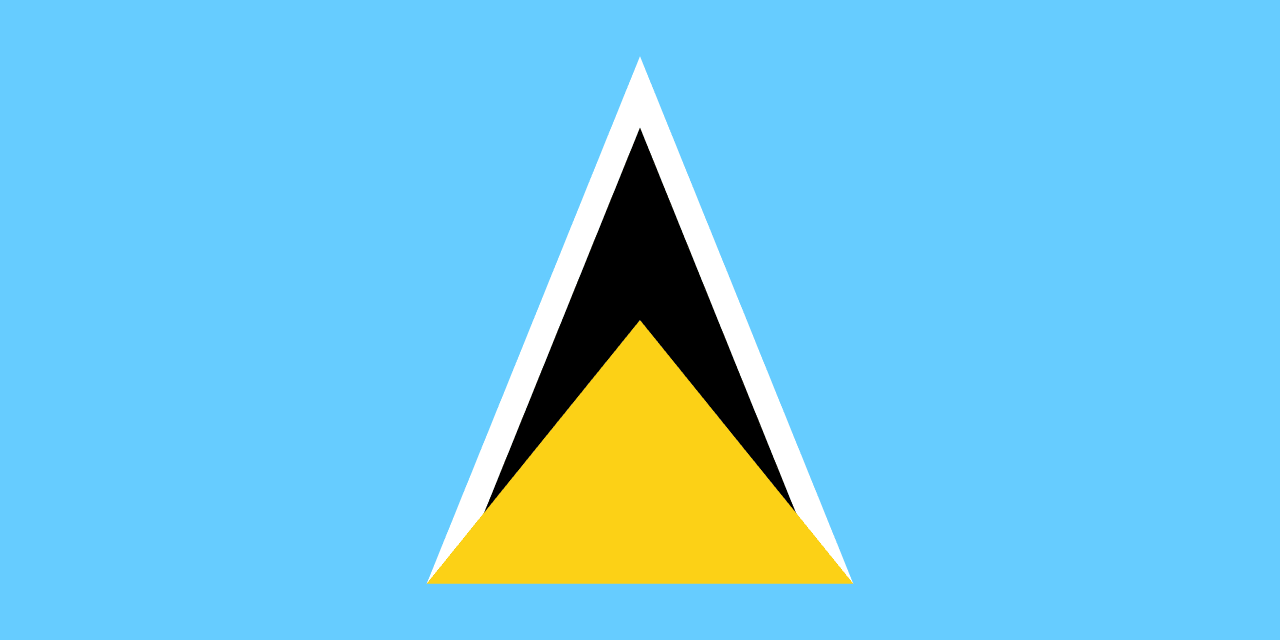
Saint Lucia
Adopted 1967
A cerulean blue field with a gold isosceles triangle in front of a white-edged black triangle. The design reflects the island’s natural features and cultural heritage.
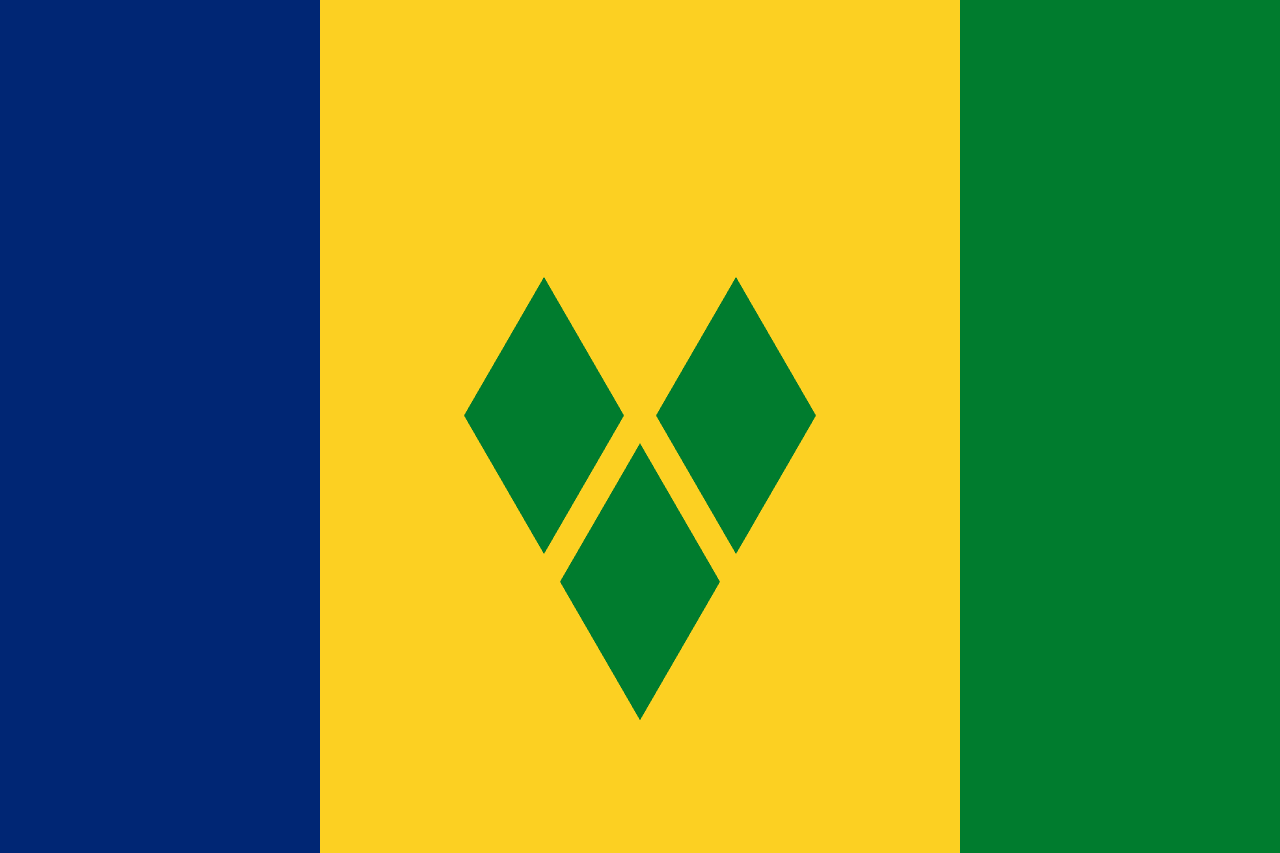
Saint Vincent and the Grenadines
Adopted 1985
A vertical tricolor of blue, gold, and green with three green diamonds arranged in a V shape in the center of the gold band. The diamonds symbolize Saint Vincent as the 'Gems of the Antilles.'
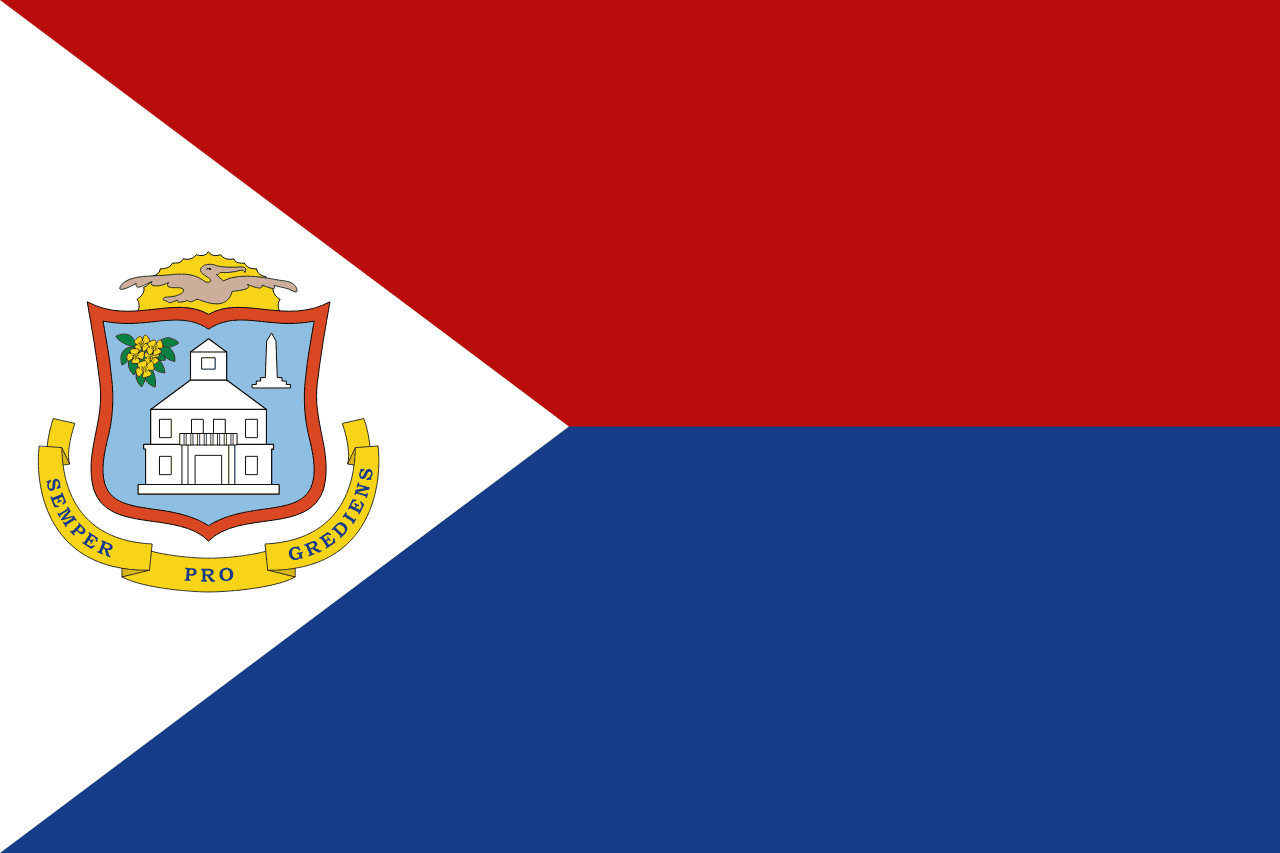
Sint Maarten
Adopted 1985
Horizontal tricolor with coat of arms featuring the courthouse, yellow-sage flower, and motto 'Semper Progrediens' (Always Progressing).
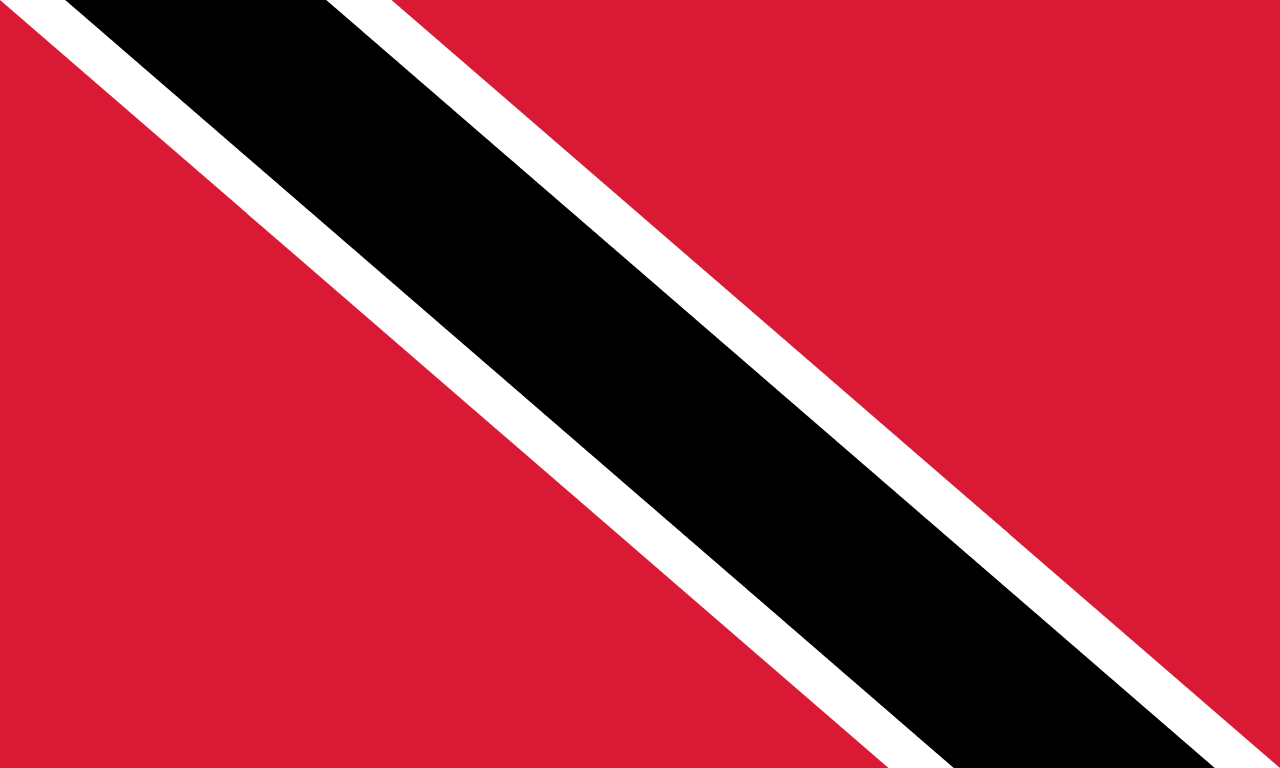
Trinidad and Tobago
Adopted 1962
A red field with a black diagonal stripe bordered by thin white stripes running from the upper hoist to the lower fly, representing the vitality of the land and people, the sea surrounding the islands, and the wealth and strength of the nation, designed by local artist Carlisle Chang.
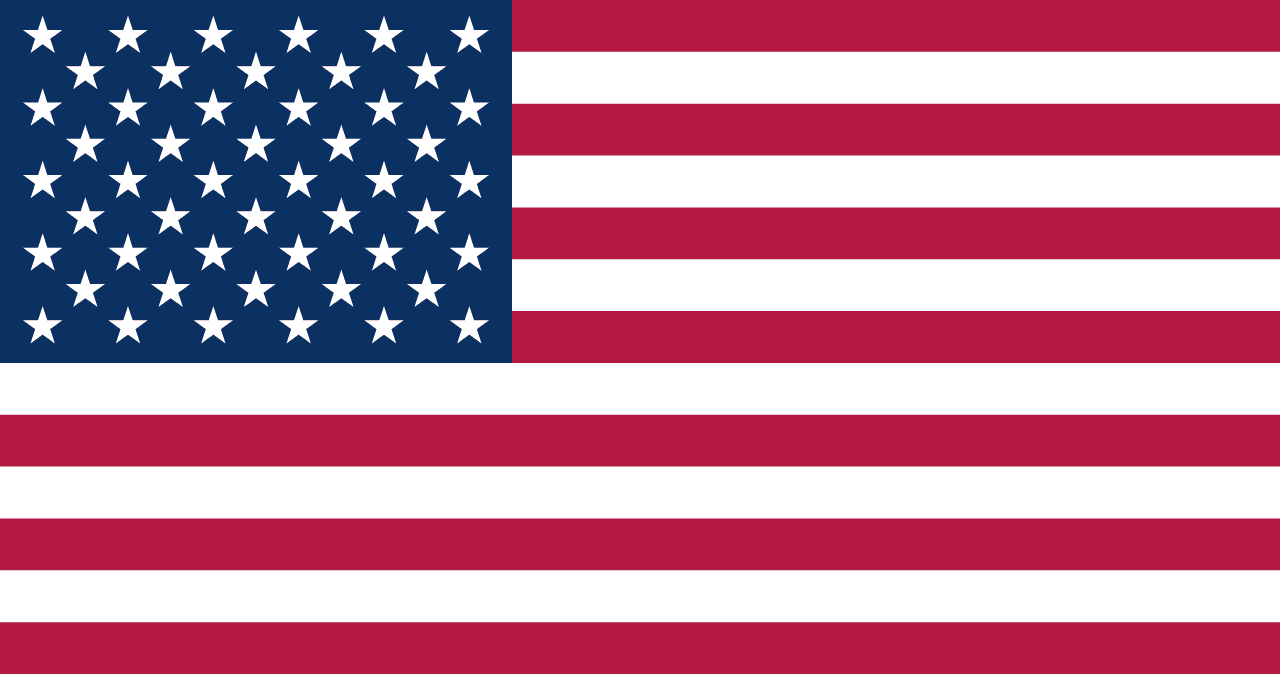
United States
Adopted 1960
Stars and stripes representing the states and original colonies that founded America.
About North American Flags
Colonial Heritage
Many North American flags reflect their colonial past, British Union Jack influences, French fleur-de-lis, and Spanish colonial symbols, while incorporating indigenous and independence elements.
Revolutionary Ideals
The American Revolution's Stars and Stripes inspired independence movements across the region, with many nations adopting star symbolism to represent states, provinces, or founding principles.
Caribbean Diversity
Caribbean flags showcase incredible diversity, from Jamaica's unique design to Trinidad's bold diagonal, each island nation created distinctive symbols reflecting their specific history and culture.
Explore Popular North American Flags
North American Flag Patterns
Stars and Stripes Influence
The United States flag's stars and stripes pattern influenced many regional designs. Stars often represent states, unity, or guiding principles, while stripes symbolize equality and foundational values.
Examples: USA, Malaysia (regional influence), Puerto Rico, Cuba
Natural Symbols
Many North American flags feature natural elements. Canada's maple leaf, Mexico's eagle and cactus, and various Caribbean nations incorporating native flora and fauna to represent their unique environments.
Examples: Canada (maple leaf), Mexico (eagle), Barbados (trident), Dominica (parrot)
Regions of North America
North America Mainland
USA, Canada, and Mexico represent the continent's largest nations, each with distinctive flag designs reflecting their unique paths to independence and national identity.
Central America
Central American nations often feature blue and white color schemes, representing the Pacific and Atlantic oceans that border the narrow isthmus, along with symbols of peace and unity.
Caribbean Islands
Caribbean flags showcase incredible creativity and diversity, often incorporating tropical colors, unique geometric patterns, and symbols reflecting island life and independence struggles.